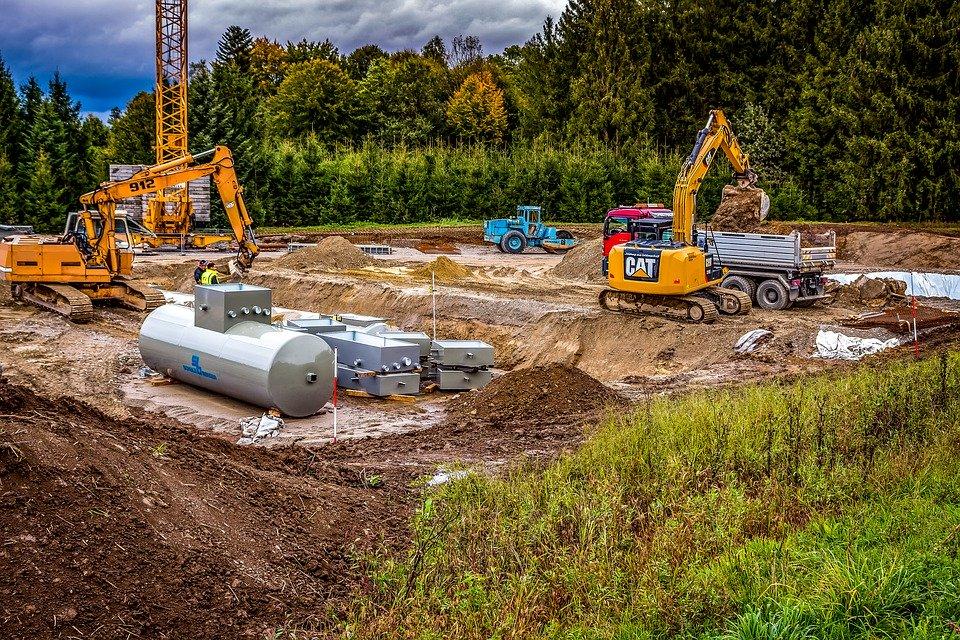
Horizontal directional drilling is a trenchless method used in installing conduits and cables for the utility industry. Using a special rig, a pilot hole drilled along a path becomes the installation site for the pipe. One of the main objectives of using HDD is to avoid existing structures and environmental features that block the installation path. Directional drilling is effective in preserving these features by being able to expertly navigate underground while at the same time covering only a small construction area.

How does HDD compare to traditional open-cut trenching?
Before directional drilling was developed, trenching used to be the technique used in underground pipe installation. Unfortunately, this method is quite limited. You can only use trenching when the project site allows for ground disruption. Moreover, trenching only works when no obstructions above ground will be damaged by digging. In contrast, directional drilling companies can navigate under a road, river, highway, or building.
One advantage of trenching over HDD is the cost. In some projects, when trenching is considered a viable solution, some contractors still choose the conventional method. But some would argue that overall, HDD is cheaper because you hire fewer workers, and the project gets completed in less time. It will also cost less to restore the project site when you opt for directional drilling instead of trenching.
Impact on the ground and environmental footprint of HDD
The drill rig and equipment operated on the project site will still cause some damage to the ground, but it is significantly less compared to trenching. Depending on the project’s complexity, larger machines could potentially cause more disruption to the ground.
Another potential cause for concern is the water used to aid drilling. Some companies use a combination of bentonite clay and water to help move the drill bit underground and stabilise the borehole. The resulting waste could damage grass and sod. In which case, the drilling company will be required to restore the project site back to its original state.
The benefits of horizontal directional drilling
As a recap, here are the benefits of horizontal directional drilling compared to traditional trenching.
- Minimal soil disturbance
- Avoids or reduces damage to underground rock formations
- Minimises groundwater contamination
- Preserves and protects the ecosystem
- Directional drilling advances the reach of utility services in urban locations
- Reduces project costs by requiring fewer workers
- Doing away with manual trenching makes the job safer for skilled labourers
- Weather is not a deterrent to the completion of a project
- Causes minimal traffic and disruption to populated areas and commercial project sites
- Viable even when there are underground obstructions and existing networks of utility conduits
- The technique may be used to maintain or replace old and damaged conduits
The growth of the utility industry is mostly due to these benefits. When the technique was developed, the intention was to revolutionise the construction industry. There is no doubt that HDD was successful in achieving these goals. Moreover, the method is also spreading throughout other markets and is helping improve some antiquated methods used in trenching and pipe installation.
